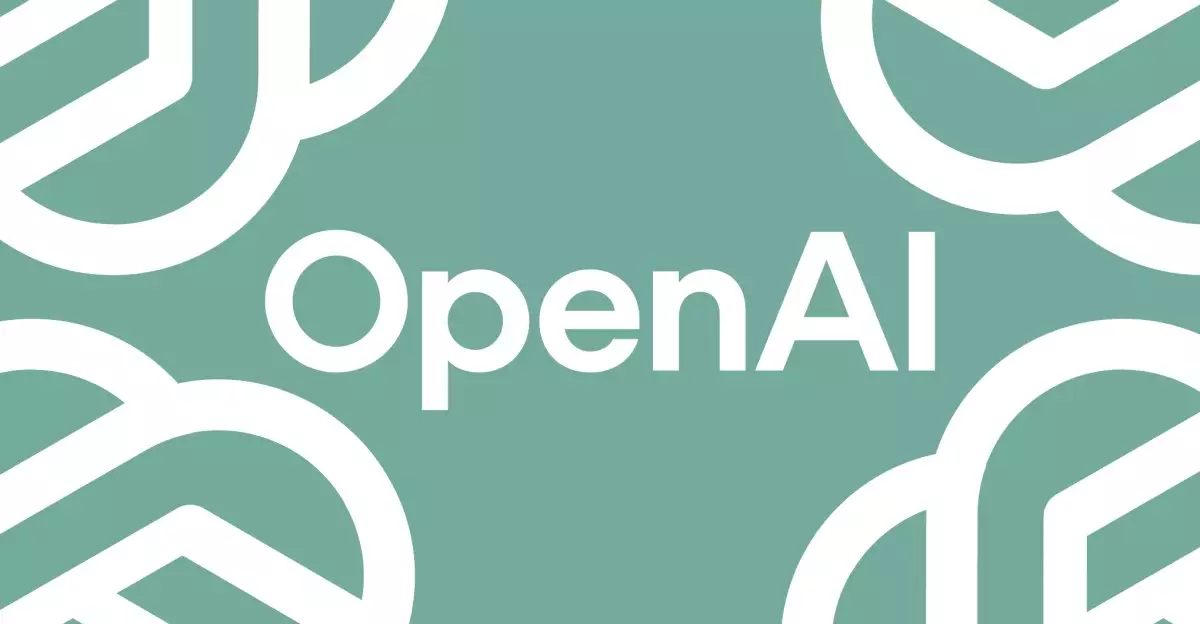OpenAI has shaken the tech landscape once again with the introduction of GPT-4.1, marking a significant leap forward in artificial intelligence capabilities. As competitors like DeepSeek introduce hyper-efficient models, OpenAI stands firm in its mission to push boundaries, bringing this advanced model just as it pushes back the much-anticipated GPT-5’s release. The unveiling of GPT-4.1 shows that OpenAI is committed not just to keeping pace but to defining what’s next in multimodal AI, blending text, image, and video processing like never before.
Remarkable Enhancements Over Its Predecessor
The advancements seen in GPT-4.1 over its predecessor, GPT-4o, are not just marginal improvements; they represent a fundamental shift in capability. By significantly expanding its context window to an impressive one million tokens, GPT-4.1 can process a far greater amount of information in a single interaction. This is a game-changer for developers and users alike, allowing for richer, more complex dialogues and interactions. Furthermore, enhancements in coding performance and adherence to instructions mean users can expect more accurate and reliable results, fostering greater trust in AI-generated content.
The 26 percent decrease in operational costs for GPT-4.1 signifies OpenAI’s understanding of market dynamics—lowering financial barriers will invite more developers into the fold. This strategic move not only fosters innovation but positions OpenAI as a leader in creating accessible AI solutions. The introduction of smaller variants like GPT-4.1 Mini and Nano demonstrates their commitment to catering to various user needs, balancing affordability and performance in one stroke.
Challenging the Status Quo
The decision to phase out the older GPT-4 model reflects OpenAI’s strategy of maintaining a competitive edge. In a landscape rife with emerging technologies, continuously updating their offerings is not just prudent; it’s essential. The move to simplify their model lineup—graduating users from GPT-4 to GPT-4.1—ensures that clients benefit from the most advanced capabilities without complexity or confusion.
OpenAI’s bold stance on deprecating the GPT-4.5 preview in favor of GPT-4.1 illustrates its recognition of consumer demand for both efficiency and performance. By directly addressing user feedback and adjusting its product roadmap, OpenAI is demonstrating a commitment to not just improving technology but also enhancing user experience, a factor often overlooked in tech conversations.
Anticipating the Future with GPT-5
While the announcement of GPT-4.1 is undoubtedly exciting, its timing raises pressing questions about the future of GPT-5. OpenAI’s CEO, Sam Altman, hinted at delays in its launch, indicating this strategy might be intentional—allowing GPT-4.1 to occupy center stage while the team refines what promises to be an even more groundbreaking model. Such pauses can serve as a moment of reflection and recalibration in a rapidly evolving space where the stakes are higher than ever.
It’s clear that OpenAI is not merely trying to keep up with the competition, but is actively reshaping the contours of artificial intelligence. As we look ahead, the developments around GPT-4.1 may set the tone for what comes next, paving the way for a more interconnected and efficient world shaped by advanced AI technologies. This period of transformation in the artificial intelligence landscape is only just beginning, and OpenAI appears to be leading the charge.

